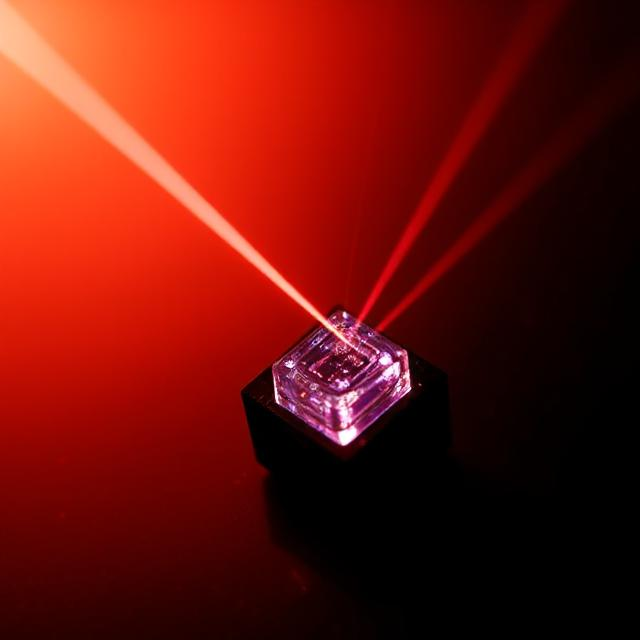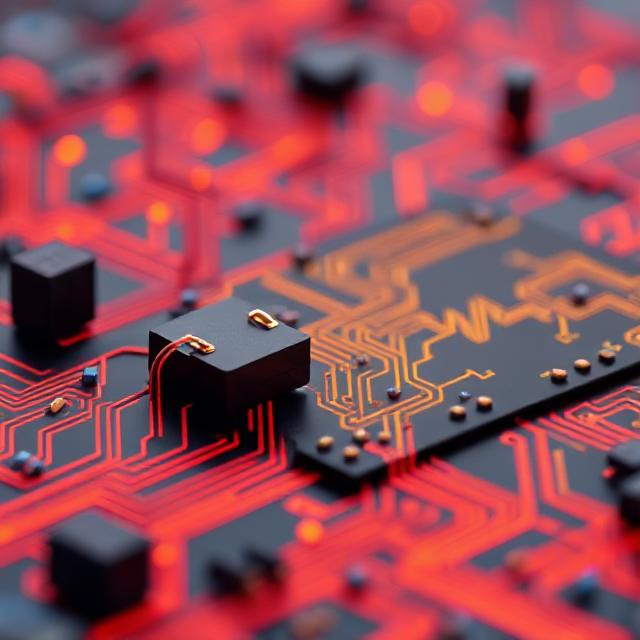Dielectrics and Ferroics: A Simple Explanation
Dielectrics
Dielectrics are materials that don’t conduct electricity, but they can store electrical energy when exposed to an electric field. You can think of them as “insulators,” which means they don’t allow electricity to flow easily through them. However, unlike regular insulators, dielectrics can actually interact with electric fields in a special way.
Here’s an easy way to understand them:

- Electric Fields and Polarization: When you place a dielectric material (like rubber or glass) in an electric field, its atoms or molecules start to rearrange slightly. This rearrangement, called polarization, creates tiny electric dipoles (positive and negative charges that are separated within the material). Even though the dielectric doesn’t conduct electricity, it allows for the creation of these tiny dipoles, which can store energy.
- Capacitors: Dielectrics are often used in capacitors—devices that store electrical energy. In a capacitor, two conductive plates are separated by a dielectric material. When the plates are connected to a battery, the dielectric helps store the energy between the plates by allowing the electric field to build up, but it prevents the electricity from flowing directly through the material.
- Properties of Dielectrics:
- Insulating: Dielectrics don’t conduct electricity.
- Energy Storage: They can store electrical energy when exposed to an electric field.
- High Dielectric Constant: Some materials, like ceramics, have a high ability to store energy (this is called their dielectric constant). The higher this constant, the more energy they can store.
Ferroics
Ferroics are a class of materials that have certain properties which can be changed or “switched” when exposed to external factors like electric fields, magnetic fields, or pressure. The term “ferroic” comes from ferromagnetic (materials that can be magnetized) and ferroelectric (materials that can have their electric polarization changed).
There are three main types of ferroic materials:
- Ferroelectrics
- Ferromagnetics
- Ferroelastics
Let’s break them down simply:
- Ferroelectrics:
These materials can have a permanent electric polarization—meaning they can act like tiny electric dipoles that point in a specific direction. When an external electric field is applied, the polarization of the material can be reversed, kind of like flipping a switch.- Example: Barium titanate is a ferroelectric material used in things like capacitors and memory devices. When you apply an electric field, the material’s internal electric dipoles flip direction, storing the charge.
- Ferromagnetics:
These are materials that can be magnetized, meaning they can have their magnetic moments aligned in the same direction (like tiny magnets pointing in the same way). The most familiar example is iron.- Example: In ferromagnetic materials, you can apply a magnetic field to align the magnetic moments of atoms, making the material behave like a magnet.
- Ferroelastics:
These materials change shape when external forces (like pressure) are applied, and they “remember” their original shape when the force is removed. This is useful in things like shape memory alloys, which change shape based on temperature or pressure and then return to their original form.
Key Differences Between Dielectrics and Ferroics:
- Dielectrics store electrical energy by becoming polarized in an electric field but do not retain a permanent charge after the field is removed.
- Ferroics, on the other hand, are materials that have “switchable” properties, meaning they can permanently store a state (like magnetization or polarization) and can be flipped or reversed by an external field, like an electric field, magnetic field, or pressure.
Everyday Examples:
- Dielectrics: Materials like rubber, glass, and plastic are dielectrics. These materials are often used as insulators in wires and electronics to keep the electrical current from flowing where it shouldn’t.
- Ferroics:
- Ferroelectrics: Used in memory devices like flash memory (like the memory in your computer or phone).
- Ferromagnetics: Iron, steel, and magnets in your fridge or speakers.
- Ferroelastics: Used in shape-memory materials, like self-healing materials or even some types of sensors.
Conclusion
- Dielectrics are non-conducting materials that store energy in an electric field by becoming polarized. They’re used in capacitors and insulation.
- Ferroics are materials with properties that can be switched by external fields. They can remember their state (electric polarization, magnetization, or shape) after the field is removed and are used in various applications, from memory devices to magnets and sensors.











